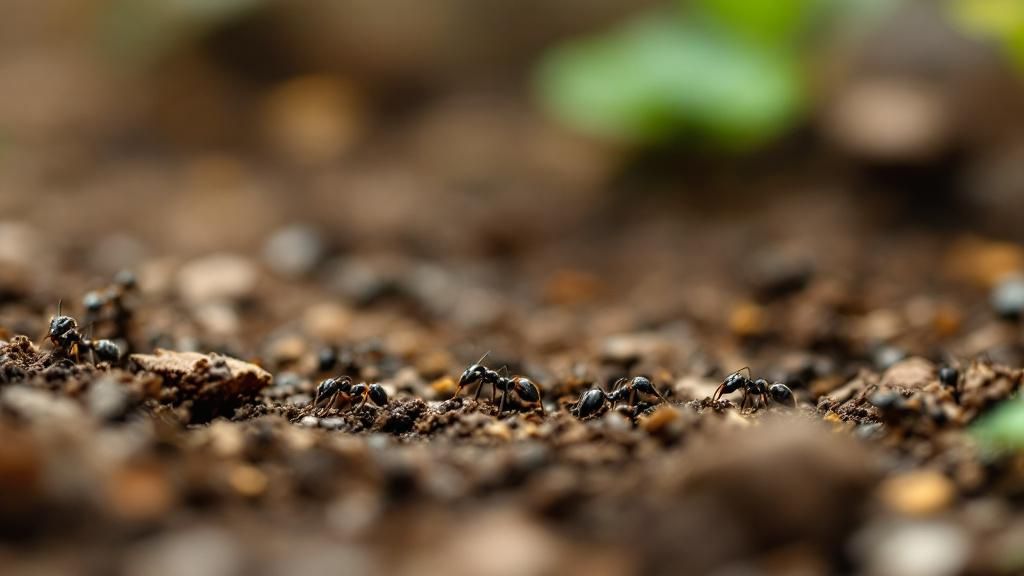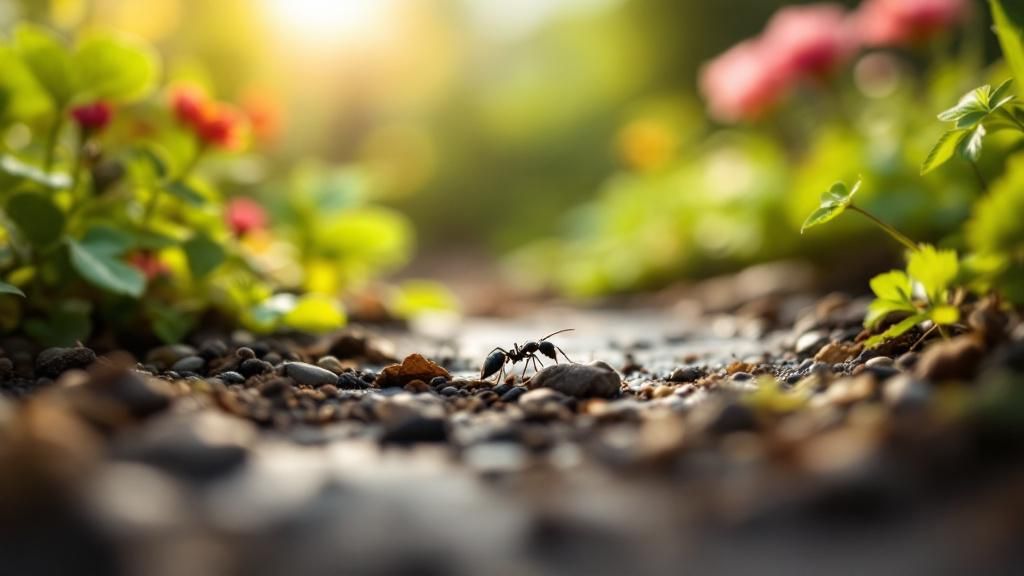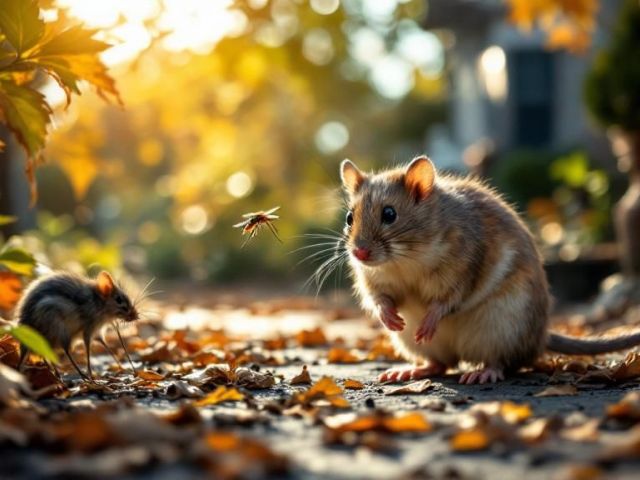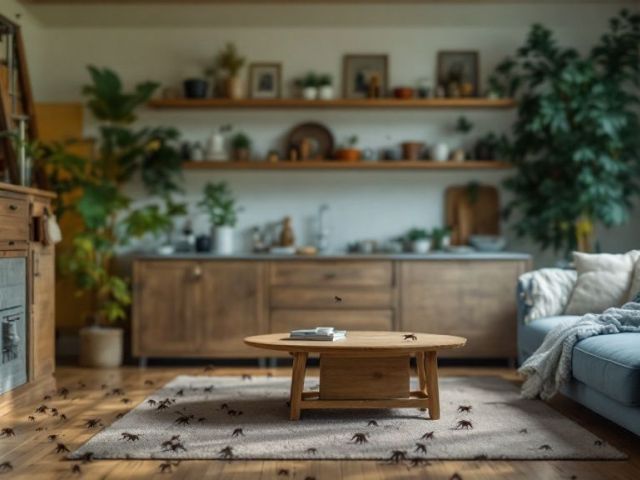Ants in the Garden, Not the Kitchen: How to Balance Nature and Home Comfort
Key Takeaways
- Ants play a crucial role in aerating the soil and promoting plant growth.
- They help control pest populations by preying on harmful insects.
- Some ant species can damage plants and structures in the garden.
- Ant infestations may attract other pests like aphids.
- Balancing ant populations is key to maintaining a healthy garden ecosystem.
The Benefits of Ants in Your Garden
To prepare your garden for ants, it is essential to consider a variety of methods that cater to different needs and preferences. One effective approach is to create an environment that naturally attracts ants by incorporating certain plants. Ants are drawn to plants like peonies and wildflowers, which offer nectar and shelter. By planting these in your garden, you can encourage ants to establish colonies, which can benefit your garden ecosystem by aerating the soil and controlling other pest populations.
Alternatively, you might choose to use organic materials to prepare your garden for ants. This can involve spreading a thin layer of compost or organic mulch around the garden. These materials not only improve soil quality but also attract ants by providing a habitat rich in organic matter. This method is particularly beneficial if you are looking to enhance soil fertility while simultaneously inviting ants to your garden.
Each of these methods offers unique benefits, and the choice largely depends on your specific garden needs and personal preferences. Whether you opt for natural plantings, organic materials, or professional services, Preparing Your Garden for Ants can enhance its health and vitality.

Step-by-Step Guide to Managing Ants
To effectively manage ants in your home or business, it is essential to follow a structured approach. Begin by identifying the type of ants you are dealing with, as different species may require different strategies. Once identified, locate their entry points and trails. Ants often enter through small cracks or gaps, so sealing these entry points with caulk or weather stripping can prevent further access.
Next, focus on eliminating the ants’ food sources. Ants are attracted to food residues, so ensure that all food is stored in airtight containers and that surfaces are kept clean and free of crumbs. Regularly take out the trash and maintain a clean environment to discourage ant infestations.
If you encounter persistent ant problems, consider using bait traps. These traps contain substances that attract ants, which then carry the bait back to their colony, effectively reducing the population. However, it is crucial to place these traps in areas inaccessible to pets and children to prevent accidental ingestion.
Should these methods prove insufficient, professional pest control services may be necessary. Companies like DOA Pest Service specialize in residential and commercial services, addressing pest challenges in commercial settings, such as restaurants and warehouses, but they can also provide effective solutions for residential properties. Their expertise can be invaluable in managing stubborn ant infestations.
During the process, you might face challenges such as ants avoiding bait traps or finding new entry points. In such cases, reassess the placement of traps and inspect for additional entryways. Persistence and thoroughness are key to successfully managing ants and maintaining a pest-free environment.

Solving Common Ant Issues
To effectively address common ant issues, it is crucial to follow a structured approach. Here is a step-by-step guide to help you manage and eliminate ant infestations:
-
Identify the Ant Species
Begin by identifying the type of ants invading your space. Different species require different treatment methods. For instance, carpenter ants need a different approach compared to sugar ants. Misidentifying the species can lead to ineffective treatment, so take the time to research or consult a professional if necessary. -
Locate the Source
Once you have identified the ant species, the next step is to locate their entry points and nests. Ants typically enter through small cracks and crevices. Check areas such as windowsills, door frames, and baseboards. Finding the source is crucial because treating only the visible ants will not solve the problem. -
Seal Entry Points
After identifying the entry points, seal them to prevent further access. Use caulk or weather stripping to close gaps and cracks. This step is essential to ensure that new ants do not enter your home, which can otherwise lead to recurring issues. -
Apply Appropriate Treatments
Choose the right treatment based on the ant species and the extent of the infestation. Options include bait stations, insecticide sprays, or natural remedies like vinegar and essential oils. Be cautious with chemical treatments, especially around pets and children, and follow all safety instructions. -
Maintain Cleanliness
Ants are attracted to food and water sources. Keep your home clean by wiping down surfaces, storing food in airtight containers, and promptly cleaning up spills. Regularly take out the trash and ensure that pet food is not left out overnight. -
Monitor and Follow Up
After treatment, continue to monitor the situation. Ant infestations can take time to fully resolve, so be patient and persistent. If the problem persists, consider seeking professional pest control services, especially if you are in the Nashville area, including Brentwood, Hendersonville, Williamson County, Davidson County, and La Vergne, where comprehensive pest solutions are available in these service areas.
By following these steps, you can effectively manage and reduce ant problems in your home.
Eco-Friendly Pest Control: Striking a Balance with Nature
Modern pest control doesn’t have to mean harsh chemicals or total eradication. In fact, embracing eco-friendly pest management strategies can lead to a healthier home and garden. Ants are part of your yard’s ecosystem, and when managed wisely, they can coexist peacefully without invading your living space.
Integrated Pest Management (IPM) is a strategy that blends prevention, observation, and targeted treatments. Rather than wiping out entire insect populations, IPM focuses on understanding the natural behaviors of pests like ants and using that knowledge to guide sustainable interventions.
Here are a few IPM-based techniques you can use:
-
Encourage Natural Predators: Birds, beetles, and spiders often feed on ants or their allies (like aphids). Installing birdhouses or native plants that attract beneficial insects can naturally reduce pest pressure.
-
Selective Barriers: Use barriers such as copper tape, cinnamon powder, or diatomaceous earth around your home’s foundation and sensitive garden zones. These methods deter ants without damaging the broader environment.
-
Mindful Landscaping: Trim branches and vegetation that touch your house to reduce “bridges” ants use to travel indoors. Keep mulch and compost piles a safe distance from the home to avoid encouraging colonies too close to the foundation.
-
Smart Lighting Choices: Outdoor lights can attract insects at night, which in turn draws ant activity. Switching to warm-spectrum bulbs can lower insect traffic and reduce your home’s appeal to ants.
Eco-friendly pest control is not about eliminating ants entirely — it’s about directing their energy where it’s helpful and discouraging it where it’s not. This balanced approach supports biodiversity, protects your home, and keeps your garden thriving.

Frequently Asked Questions
-
What Benefits Do Ants Bring to a Garden?
Ants aerate the soil, which improves water and nutrient absorption, and they help control pest populations by preying on other insects. -
Are Ants Harmful to Garden Plants?
While ants themselves do not harm plants, they can protect aphids and other pests that damage plants by feeding on their honeydew. -
How Can I Manage Ant Populations in My Garden?
You can manage ant populations by removing food sources, using natural repellents like diatomaceous earth, and encouraging natural predators. -
Do Ants Affect the Soil Quality?
Yes, ants improve soil quality by tunneling, which enhances soil structure and promotes the decomposition of organic matter.









